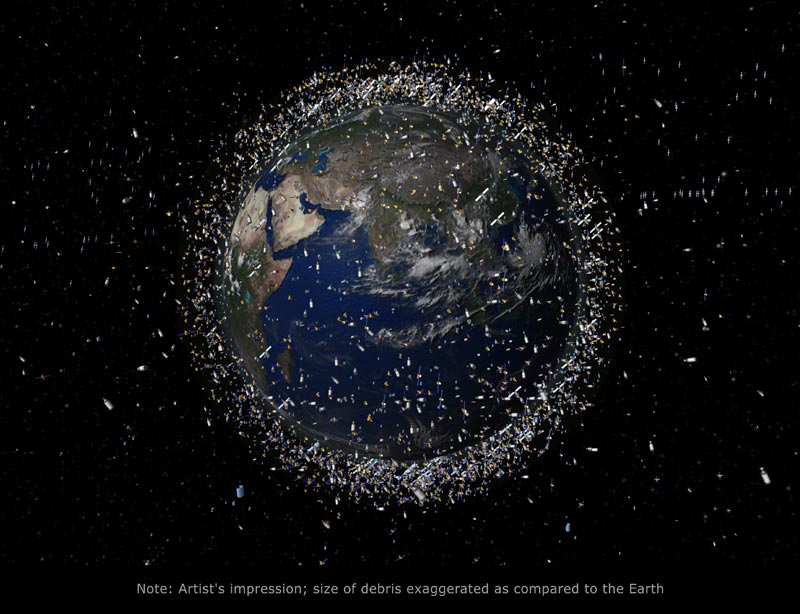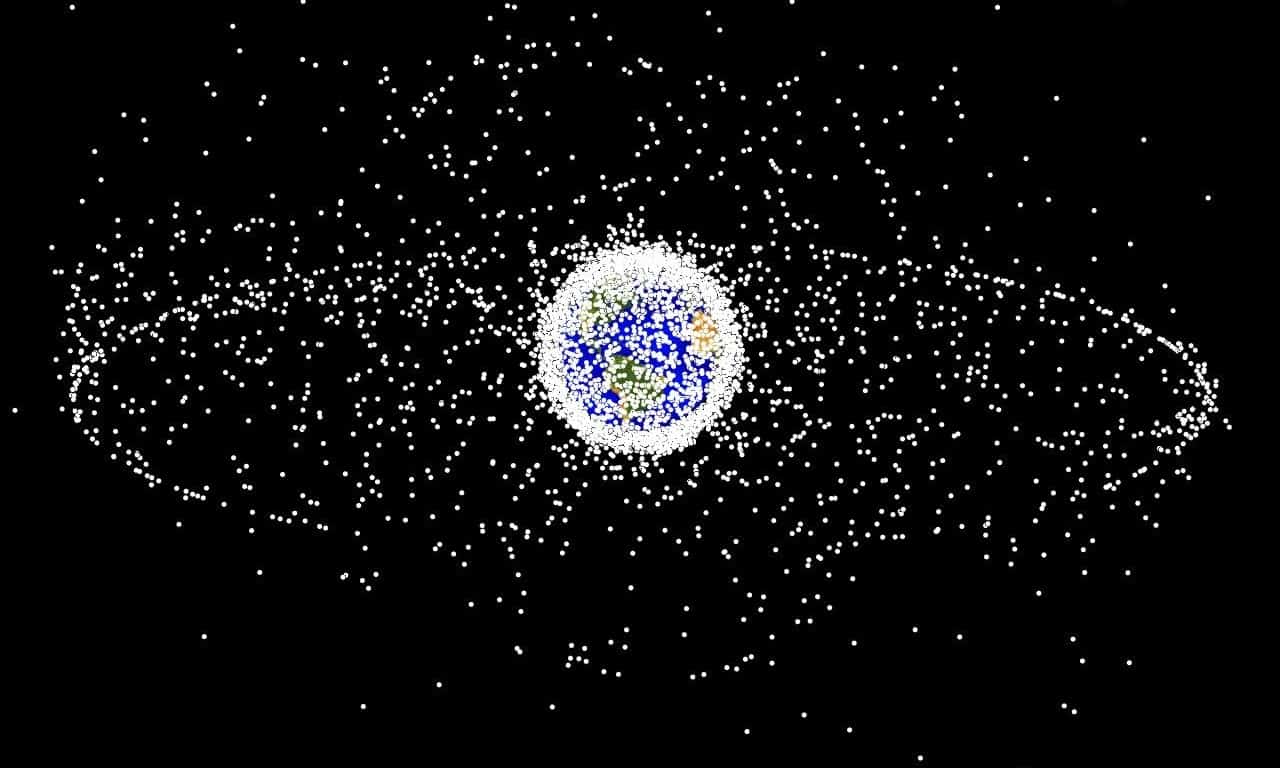
A new imaging algorithm devised by researchers in the US could improve our ability to track space junk orbiting the Earth. Through simulated tests, the team has showed how a cross-correlation of the signals reflected by a piece of debris could be used to extract high-resolution, undistorted images of how an object spins as it travels through space – allowing it to be tracked more accurately. Their algorithm could soon prove invaluable in protecting satellite systems from colliding with space junk.
Over the past decades, millions of pieces of fast-moving space debris have accumulated in low-Earth orbit – mostly in the form of discarded satellites and spacecraft. This space junk poses a growing threat to operational satellites, creating a pressing need to precisely monitor the speeds and trajectories of the debris. This is currently done by firing microwave pulses into space and measuring signals reflected from space junk. However, the rapid movement and rotation of the debris can make it difficult to create a high-resolution map of space junk.
The resolution can be improved using higher-frequency microwave signals – but these are more vulnerable to distortion caused by turbulence in Earth’s atmosphere. To an extent, this problem can be solved by cross-correlating the signals picked up by multiple receivers to create a large aperture. However, debris can also rotate over a broad range of timescales – ranging from a just few seconds, to several minutes. To factor out the effects of rotation, parameters associated with rotation are estimated by trial and error – but this is a time-consuming process.
Axes of rotation
To circumvent the issue, Matan Leibovich at New York University, George Papanicolaou at Stanford University and Chrysoula Tsogka at University of California, Merced devised an algorithm that can estimate both the angular speeds and axes of rotation of debris. The calculations they used were like those from two previous algorithms, one of which suffered from low resolution and the other from high levels of atmospheric distortion.
Building on the advantages of these systems, the team constructed and tested their algorithm using a theoretical model of a space imaging system. A real piece of debris such as an old satellite will often appear as a cluster of reflective objects (such as its solar panels) that rotate about a fixed axis. As a result, the team’s simulation depicted debris as clusters of small, highly reflective objects that moved and rotated in fixed arrangements.
The signals reflected by the simulated clusters were picked up by simulated receivers distributed across an aperture area of around 200 km; before being cross-correlated to extract the rotation parameters of the clusters.
Far more accurate
By comparing the results with the outputs of both previous algorithms, Leibovich and colleagues confirmed that their images were far more accurate and well resolved. Through further simulations, they showed that their rotation parameter estimates were less vulnerable to errors than previous approaches. In addition, their images could be fully optimized if receivers were able to view the full rotation of a cluster.

Laser beam could nudge space junk away
The team now hopes that the algorithm could become a widespread method for imaging rotating space debris. If achieved, this may lead to reliable new protection measures for satellites in low-Earth orbit, ensuring that crucial navigation and communications systems can remain safely up and running.
The research is described in SIAM Journal on Imaging Sciences.
